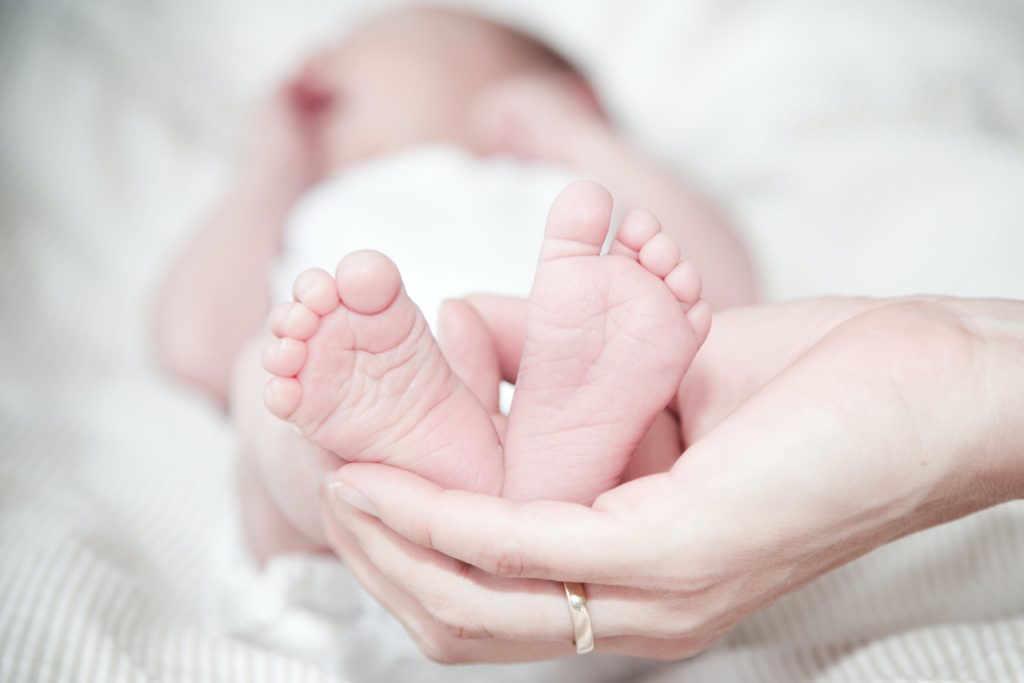November 24, 2023 – Last year, there were 34,335 live births in Croatia, according to the report “Births in Healthcare Institutions in Croatia in 2022” by the Croatian Public Health Institute (HZJZ). Another 150 children were stillborn, and another 88 newborns died in the first seven days.
Most children were born to mothers aged 30-34 (33.6 percent), followed by mothers aged 25-29 (28.6 percent), while 19.3 percent of mothers were aged 35-39, writes 24Sata.
In Croatia, for a number of years, there has been a decreasing number of births in younger age groups and an increase in the number of births after the age of thirty, which the HZJZ associates with social changes – longer time spent in school, later employment, housing issues, but also a change in attitude towards family formation.
A decreasing number of women decide to give birth at an optimal age, according to biological and medical criteria. The structure of births by mother’s age and birth trends have changed since 2016, with a slight increase in the number of births to mothers in their thirties and forties and a decrease in the number of births in younger age groups. From 2016 onwards, births are most frequent at the age of 30 – 34, while in the previous ten years they were most frequent at the age of 25 – 29, according to the report. Last year, four babies were born to women aged 50 and over. Between the ages of 13 and 17, 191 girls gave birth.
Of the 33,885 women who gave birth, 45.5 percent were first-time mothers, 34.4 percent were second-time mothers, and 20.1 percent of women had several previous births.
The number of births given through C-section is growing, worrying experts. In 9,482 cesarean sections in Croatian maternity hospitals in 2022, a total of 9,950 children were born, of which 9,924 were live births.
The problem of the increase in the number of cesarean sections is connected with the interpretation of the right of pregnant women to free choice. The decision should be professionally justified, and in most European countries, and in 2019 in Croatia as well, obstetric societies adopted professional guidelines, the application of which could help control the justification of cesarean delivery, according to HZJZ. Most live births have a birth weight of 3,000 – 3,500 grams (36.6%). There were 1,889 live births with a low birth weight of ˂ 2,500 grams, or 5.5%, which does not deviate from the long-term average.
Out of a total of 33,885 births in 2022, 33,297 singleton births (98.3%) were recorded. Twins were born in 577 births (1.7%), triplets were born in ten, and quadruplets in one birth.
Due to complications during pregnancy, childbirth, or midwifery in Croatia, one woman died last year due to a direct obstetric cause, i.e. bleeding after childbirth. The year before, in 2021, maternal mortality was high with three women. The causes included respiratory complications of COVID, or, in one case, an embolism with a blood clot. In 2020, two women died in Croatia due to complications during pregnancy, childbirth, or midwifery – one from an amniotic fluid embolism, the other from acute pancreatitis (the patient was also positive for COVID-19 before giving birth). Two maternal deaths were also recorded in 2019, and none in 2017 and 2018.











